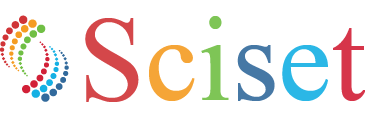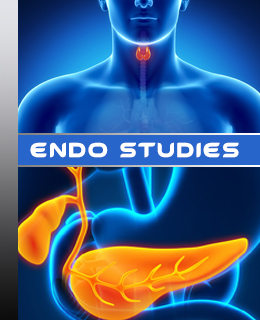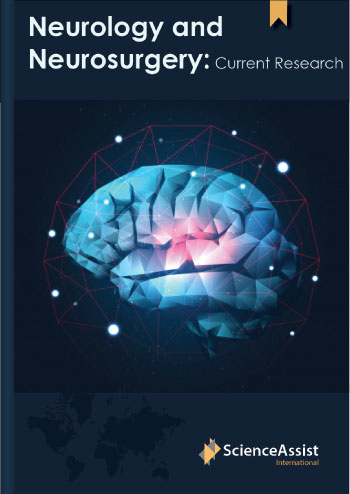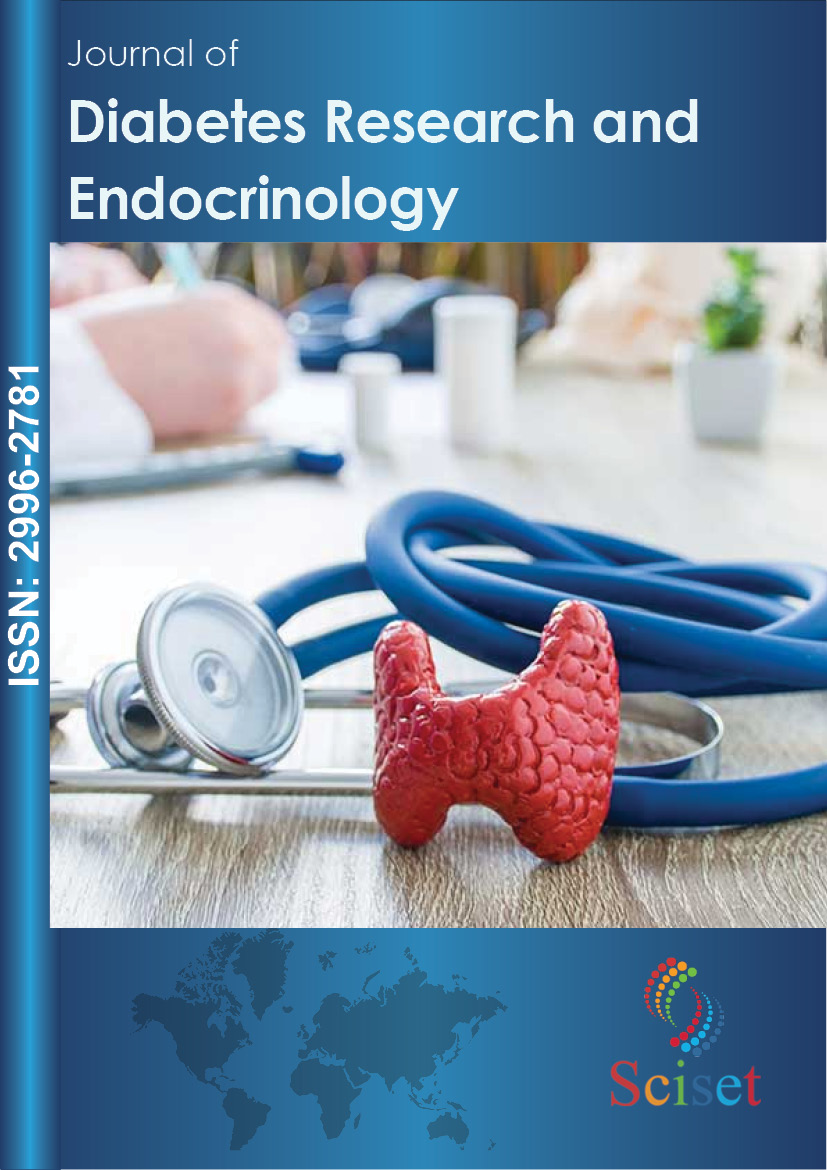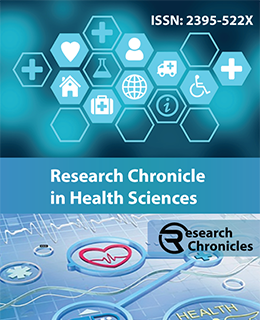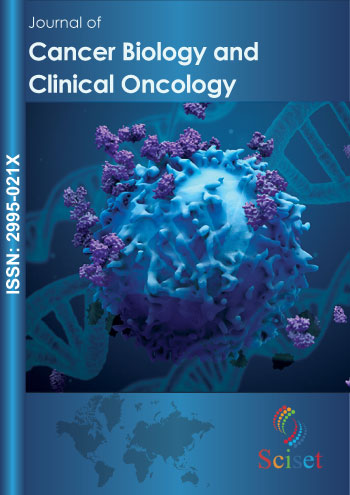- Open-Access Publishing
- Quality and Potential Expertise
- Flexible Online Submission
- Affordable Publication Charges
- Expertise Editorial Board Members
- 3 Week Fast-track Peer Review
- Global Visibility of Published Articles
Paper Submission Guidelines
Author Guidelines
Submission
Manuscript submission for the Archives of Cardiology and Cardiovascular Research is quite a simple and quick process. Manuscripts can be submitted by the corresponding author or any of the authors listed in the manuscript while submitting the manuscript files. The journal follows a single-blind peer-review process and upon authors’ request, we facilitate a double-blind peer-review process.
We are providing fast-track peer reviews with an average review time of 14 days. Articles will be published online within 7 days from acceptance.
Authors may submit the manuscript either online or as an email attachment to submissions@sciset.com
Open Access Policy
All the published articles are accessible freely viewed/ copied/ downloadable and printed by all the individuals without any restriction, legal, technical, financial barriers.
Public Access Policy
Following NIH Public Access Policy, we submit articles funded by the National Institutes of Health (NIH) and other Federal agencies to PubMed Central (PMC) immediately after publication in the journal.
Plagiarism Analysis
All the articles must contain a minimum of 70-75% unique content. Moreover, In the Results, Discussion and Conclusion part of the text the uniqueness must be 100%. Articles having below 70% unique content will be returned to the authors asking for revision and resubmissions after meeting the adequate uniqueness limit.
Article Processing Charges
Sciset is self-financed and does not receive funding from any institution/government. Hence, the journal operates solely through processing charges we receive from the authors. Authors are required to pay a basic article processing fee to cover expenses related to the online hosting, article production and editing charges, cost required to maintain our highly professional team involved in technical and editorial activities, post-production, author-proofing, quality assurance and indexing and submitting the articles in an electronic citation database like Crossref, Research Gate, Google Scholar, etc.
Authors are required to make payment only after their manuscript has been accepted for publication.
For Author convenience: The publication charges are 819 USD. There are no common charges for authors so that any country scholar can publish their work. In special cases, publication charges can be reduced such as based on funding availability and the eminence of the articles. Authors may contact the publisher for a waiver on publication charges.
Preparation of Manuscripts
Must-haves in Manuscripts
Cover letter: Authors are requested to submit a cover letter mentioning the journal name with the declaration that the article has not been published or is being considered anywhere else.
Title Page: The title page should contain the article title which must be technical enough to explain the content it holds in the manuscript followed by a short title with not more than 40 characters All the author names and affiliations along with the corresponding authors postal and email address needs to be mentioned in the title page.
Author(s): Author names are to be mentioned as: First name, Middle name, Last name.
Affiliation(s): Author Affiliations must be provided as: Department, University/Research Institute, Country.
Corresponding author: Corresponding author should be designated using Asterisk (*) symbol and equally contributed authors should be designated using Hash (#) symbol. Contact information including Telephone number, Fax number (if having) and E-mail address of the corresponding author must be provided.
Abstract: Abstract should be written precisely, and it should not exceed 250-300 words. Please do not include any citations and avoid using abbreviations if possible.
Keywords: Maximum of 10 keywords can be included in the paper.
Introduction: The introduction should give a short and clear account of the background and state the objectives of the work. It should highlight the importance of the research in question and clearly indicate the lack of adequate knowledge in current literature.
Materials and Methods: The materials and methods must be described in adequate detail to allow the experiments to be interpreted and repeated by an experienced investigator. In materials and methods, references should be given, together with a brief outline.
Results: In this section, the authors should provide complete details of the experiment that are required to support the conclusion of the study. It can be divided into multiple sections with clear headers.
Discussion: This section interprets the importance of the outcomes in the research; avoid repeating the same outcomes and using extensive citations. Authors can combine the results and discussion if necessary, but it should be clear and concise. Here, authors can emphasize the limitations of the study.
Conclusion: The conclusions of the study are presented at the end of the article it must include a synopsis and potential implications.
Ethical Statement: If your research includes any human or animal experiment, kindly provide a statement regarding the obtained consent from the patients.
Authors must provide the name of the ethical approval committee/Institutional Review Board they have obtained consent from along with approval number/ID. They should confirm that the study was conducted in accordance with Helsinki Declaration as revised in 2013.
Conflicts of Interest: Authors should declare if any conflict of interest exists among the authors or their institutions. If there are no conflicts of interest, then that too must be stated.
Funding: Authors should mention the grant details that they have received for conducting the study. Authors are instructed to provide the names of the agency that supported their work and the grant numbers.
Acknowledgments: This section includes if author wants to acknowledge any people, grant details, funds, etc.
References: Authors are instructed to follow sequential numbering should be followed for references in the order of their appearance. References in the main text should be represented with numbers in square brackets e.g., [8], [14,15] and [18-25]. Authors should include only the references that are cited in the article and uncited references must be excluded. Reference should be formatted as per Vancouver style.
Figures: While submitting the paper, authors should include all figures and tables in the word file of the manuscript along with this, authors should submit each figure in separate electronic files. Figures can be submitted in Bitmap formats such as TIFF, GIF, JPEG, etc. Figure legends must be mentioned below each figure at the end of the manuscript and figure numbers must be mentioned in the body text sequentially. Each figure should have a separate legend and must be provided as a separate section of the manuscript after the references.
Tables: Authors should cite all the tables in the manuscript in sequential order and table legends must be provided for each table. Authors should provide tables in an editable format i.e. either in word or excel. In case of numerical measurements, units should appear in parentheses in the column headings. footnotes to tables should be marked with a), b), c) and type on the same page as the table.
Equations and Formulas: For mathematical symbols, Greek letters and other special characters, use normal text or symbol font.
Supplementary Information: Supplementary information is usually provided as an essential background to the article, and which is not essential for inclusion, in the full text of the manuscript. The supplementary information should not contain any figures and it may have Supplementary tables. Supplementary information is published as a separate pdf along with the manuscript.
Article Withdrawal Policy
The editor can withdraw the articles if any scientific misconduct (duplicate submissions, article published in another journal, bogus claims of authorship, data fabrication, article plagiarism) is noticed. In an extremely limited number of cases, it may be necessary to remove an article from the online database. This will only occur where the article is clearly defamatory or infringes others’ legal rights, or where the article is, or we have good reason to expect it will be, the subject of a court order, or where the article if acted upon, might pose a serious health risk. In these circumstances, while the metadata (Title and Authors) will be retained, the text will be replaced with a screen indicating the article has been removed for legal reasons.
In case of any misconduct detected, Journal holds all rights to disclose the conduct of the authors along with manuscript detail and cannot be held responsible for any consequences arising from it.
Withdrawal charges are applicable if authors wish to withdraw their papers at any stage during the review and publication process, they need to pay a withdrawal fee (45% of the actual publication charges). The publisher collects the withdrawal charges to cover the costs incurred for software and tools used for peer-reviewing, editing, publishing, maintaining & archiving. However, these charges are not applicable if the authors withdraw the paper within a week from the date of submission.
Article Retraction Policy
If the author wishes to withdraw the paper from a journal, the author needs to submit an “Article withdrawal Form" signed by all authors (or) the corresponding author of the manuscript stating the reasons for manuscript withdrawal. The form is available from the Editorial Office of the journal. Manuscript Withdrawal Charges
Sometimes, authors send a request mail to withdraw their manuscript after our publication process was over. If the withdrawal did few days before submission, it is easy for us to handle. But if we receive the request very late, i.e. Nearby the publication date, it is very difficult to resolve it. Because withdrawal makes waste our resources and efforts invested for processing the manuscript by editors and reviews and our Journal team editorial staffs.
Hence authors must think twice before submitting their article.
Article Refund Policy
Science Assist International is Open Access Publisher, Thus Article processing charges will not be refunded to authors once paid in case of article withdrawal/retraction/removal, as to publish incurs a lot of cost during the publication process and reverse transactions cannot be processed from the journal side.
